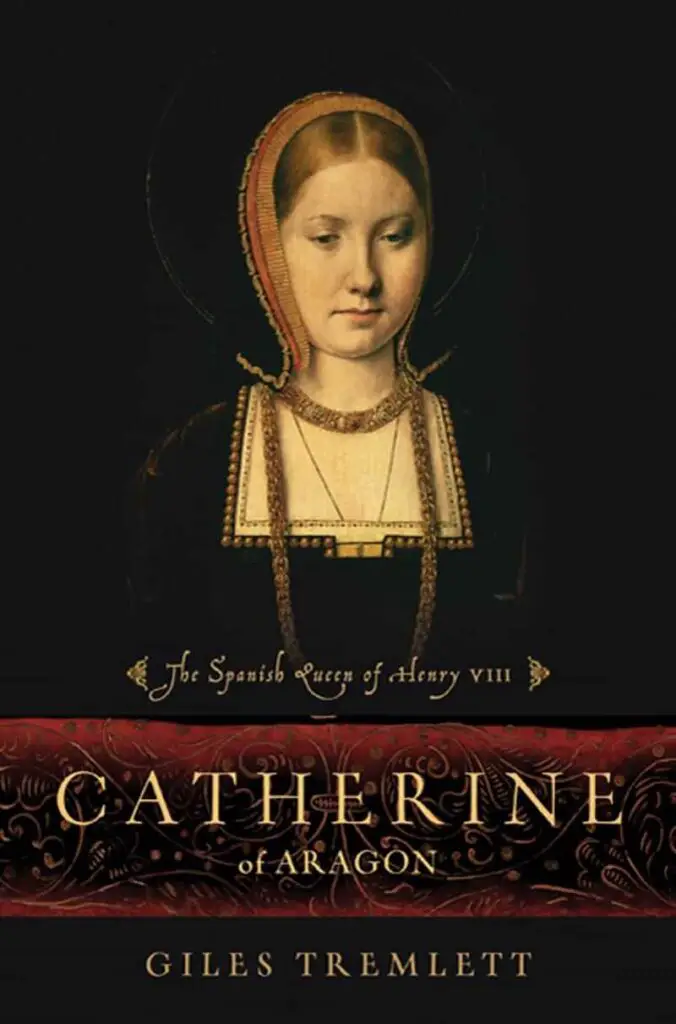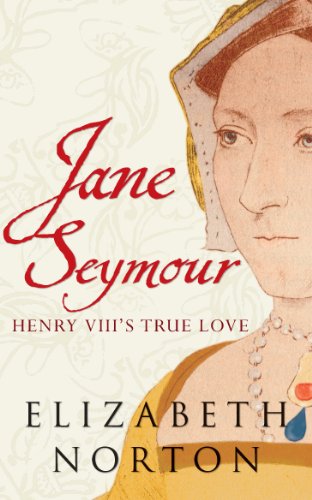The musical Six is a fantastic, joyous musical that does what theater does best: synthesizes events to dramatize the emotional heart and soul of the characters. The story is based on the wives of Henry VIII of England: Catherine of Aragon, Anne Boleyn, Jane Seymour, Anne of Cleves, Catherine Howard, and Catherine Parr. Their fates are encapsulated in the old rhyme: divorced, beheaded, died, divorced, beheaded, and survived.
Table of Contents
Some Reading to Accompany The Musical “Six”
Each wife in Six sings in a unique style suited to their characters, providing insight into their lives and deaths. For those who know the history, it’s a triumphant view of women usually only viewed through the prism of their husband’s life. For those less familiar with the history, you’ll leave the show wanting to know more about the vibrant Queens.
Books, of course, won’t quite provide the same thrill as a pop culture concert, but they will round out the personalities of the women and detail the context surrounding their lives. Here are a few recommendations for books you will enjoy.
The Six Wives of Henry VIII
The first place to start is with Alison Weir’s The Six Wives of Henry VIII, first published in 1992, which tackles all the queens in one heavy volume. This was my first introduction to the Tudor Queens, and it’s compulsively readable.
Weir has written extensively about the Tudors, their Queens, and their court, so much so that you could easily lose yourself in her various books for months. But she is not the only point of view (though one of the best) on the Queens.
Catherine of Aragon: The Spanish Queen of Henry VIII
Catherine of Aragon: The Spanish Queen of Henry VIII by Giles Tremlett provides terrific background on the young Catherine, the youngest daughter of the legendary royal pair Ferdinand and Isabella of Spain. Catherine, Henry VIII’s first wife, is often seen as the wronged older wife tossed aside for the younger woman, but it was her stubbornness in refusing to grant a divorce that also changed history, leading Henry VIII to create the Church of England.
Her song in Six is a terrific statement of pride in her marriage and anger at her husband. Yet in trying to adhere to her Catholic faith, she ensured England would not continue as a Catholic nation.
The Life and Death of Anne Boleyn
The Life and Death of Anne Boleyn by Eric Ives from 2005 is one of the best recent biographies on the controversial Queen, providing depth not only to the tragic love story of her and Henry VIII but also context about the political and religious beliefs that shaped a nation. Anne is such a fascinating figure, perhaps because we’ll never truly know the full reality of who she was. The contemporary accounts are so contradictory and Anne’s own writings might not have fully reflected her inner views.
The Concubine
My one minor complaint with Six is that Anne wasn’t just a social butterfly, she was an intellectual powerhouse, too. Her song does, however, reflect her ability to disrupt the status quo. There’s a classic fictional book featuring Anne as well, The Concubine by Norah Lofts, first published in 1963 but it’s lost none of its emotional power.
Jane Seymour: Henry VIII’s True Love
Jane Seymour is one of those forgotten figures of history because she waltzed onto the stage, pregnant, did her Queenly duty by providing a son, then died before she could have a further impact on the country. Her torch song in Six is heartbreaking because she hoped to accomplish so much and, in her short time as Queen, seemed most concerned with keeping the messy Tudor family together.
Jane Seymour: Henry VIII’s True Love by Elizabeth Norton attempts to add context to her quick marriage to the king, and what she might have done, if she lived. Both her brothers, Edward and Thomas, were fervently Protestant, and their nephew, the young King Edward VI, was raised as the same. One wonders what Jane might have done as Regent, if she’d lived.
Wolf Hall, Bringing Up The Bodies, and The Mirror & The Light
Anne of Cleves’s song in Six is the most triumphant because she accepted Henry didn’t want her, let the divorce happen, and spent the rest of her life making the best of it, living to relative old age in comfort and security.
Because she left the scene, there isn’t much to attract biographers to her cause, but the intrigue surrounding her marriage and divorce has been the subject of terrific writing, primarily in Hilary Mantel’s The Mirror & the Light, the last book in her fictional trilogy about the rise and fall of Thomas Cromwell, Henry VIII’s chancellor. (You should read Wolf Hall and Bringing Up the Bodies as well because they’re just that good but the last book covers Anne of Cleves’ perilous situation.)
Katheryn Howard: The Scandalous Queen
Six perhaps does the most for the reputation and life of Katherine (Kay) Howard, providing her with a Brittany Spears-style pop song about needing love and instead being used by all the men in her life. Weir’s book, Katheryn Howard: The Scandalous Queen, offers a sympathetic portrait of a girl who had no one to protect her, only wanted love, and then was abused by all the men in her life, finally being beheaded by her royal husband.
Katherine the Queen: The Remarkable Life of Katherine Parr, the Last Wife of Henry VIII
Katherine Parr, the woman who survived being Queen, has a song about putting aside her love of Thomas Seymour for duty as Henry VIII’s Queen. One does not say no to a king. Henry VIII’s death and Parr’s subsequent marriage to Seymour should have been a happy ending. Alas, her story is still tragic. She died in childbirth and exposed her charge, the future Elizabeth I, to the attentions of her husband, a scandal that followed Elizabeth I all her life.
Katherine the Queen: The Remarkable Life of Katherine Parr, the Last Wife of Henry VIII by Linda Porter is one of the few biographies of this remarkable woman, who had her own beliefs and dreams that did not necessarily line up with the King’s ideas, especially in matters of religion. Like Jane Seymour, Parr also worked to forge a friendship between the three children of Henry VIII. It may be that this bond was all that kept any of them from executing the others, particularly Queen Mary I, who couldn’t quit manage to execute her younger sister, later Elizabeth I.
The Women Left Their Mark

In the end, all the Six Queens left their mark upon history separate from their husband. Six the show compresses their stories into a terrific, joyous soundtrack. These 10 books will provide more layers to their stories.
~ Corrina Lawson
Other LitStack Resources
Be sure and discover other interesting and insightful LitStack articles on Hadestown, The Variants, Kolchak the Night Stalker, and the Rings of Power by Corrina Lawson.
As a Bookshop and Amazon affiliate, LitStack may earn a commission at no cost to you when you purchase products through our affiliate links.





